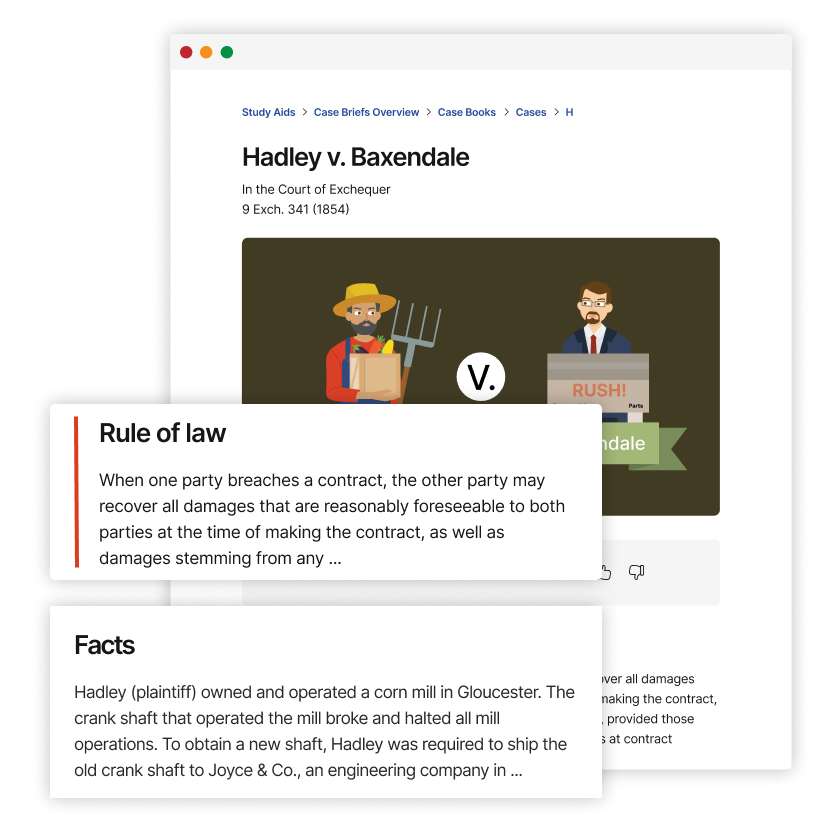Quadrant Corp. v. American States Insurance Co.
Washington Supreme Court
154 Wn.2d 165, 110 P.3d 733 (2005)
- Written by Tanya Munson, JD
Facts
Delores Kaczor was a tenant in an apartment building owned by Quadrant Corporation (Quadrant) (plaintiff) when she inhaled fumes from sealant that Pacific Restoration (plaintiff) was applying to a deck adjacent to her apartment. Kaczor became ill and required hospitalization. The sealants used by Pacific Restoration were PC-220 and Polyglaze AL, which contained toluene diisocyanate (TDI). TDI was a toxic substance that was listed by the Federal Clean Air Act as a hazardous air pollutant. Kaczor sued Pacific Restoration and Quadrant (the insureds), for personal injury and property damage, and the claim was settled. Pacific Restoration held a general liability policy from American States Insurance Company (American States) (defendant). Quadrant held general liability insurance from State Farm Fire and Casualty Company (State Farm) (defendant). Both policies contained absolute pollution-exclusion clauses, which stated that insurance did not apply to injury or damage that resulted from the release of pollutants. The insurers denied the insured’s requests for defense and indemnity. The insureds filed suit, claiming that American States and State Farm (the insurers) wrongfully denied their requests. The trial court granted summary judgment for the insurers. The insureds appealed. The court of appeals affirmed.
Rule of Law
Issue
Holding and Reasoning (Bridge, J.)
Dissent (Chambers, J.)
What to do next…
Here's why 899,000 law students have relied on our case briefs:
- Written by law professors and practitioners, not other law students. 47,000 briefs, keyed to 994 casebooks. Top-notch customer support.
- The right amount of information, includes the facts, issues, rule of law, holding and reasoning, and any concurrences and dissents.
- Access in your classes, works on your mobile and tablet. Massive library of related video lessons and high quality multiple-choice questions.
- Easy to use, uniform format for every case brief. Written in plain English, not in legalese. Our briefs summarize and simplify; they don’t just repeat the court’s language.




